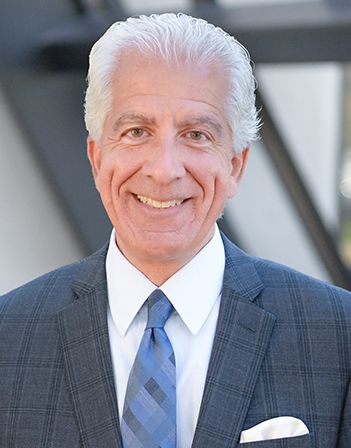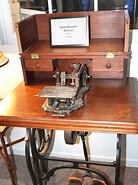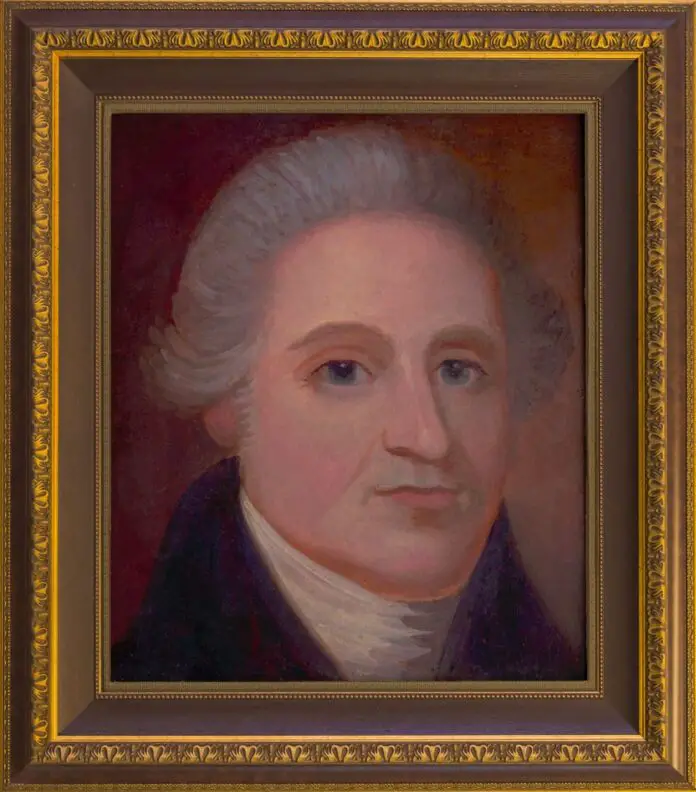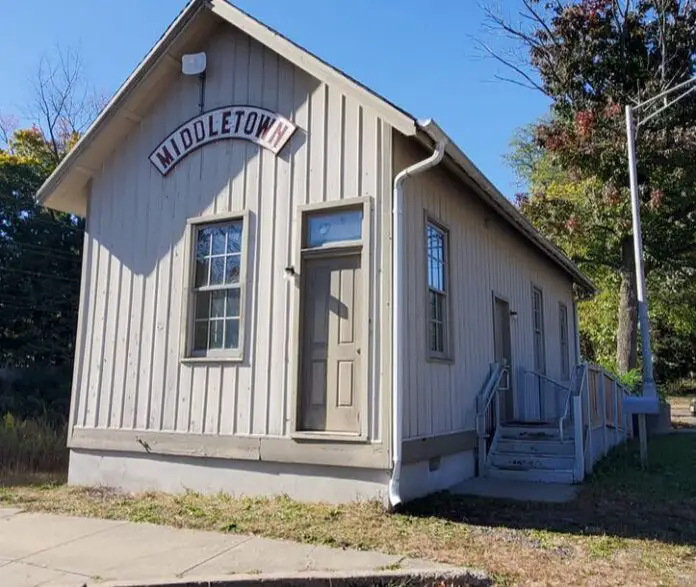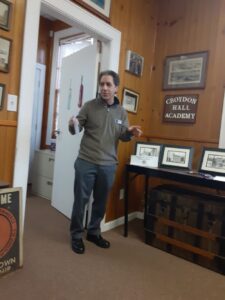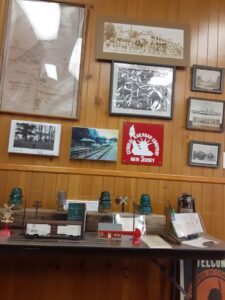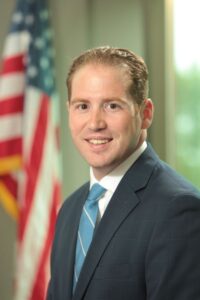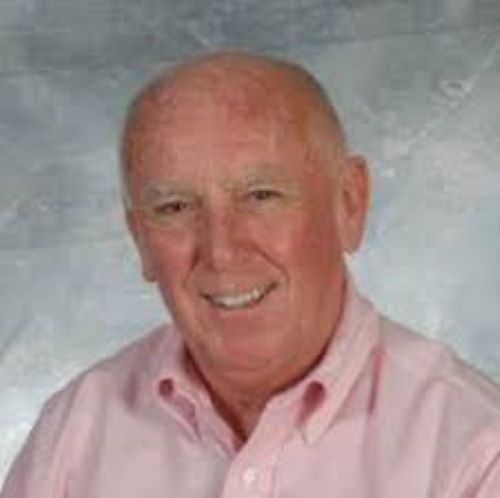Gagliardi The Porzio firm has put Shore Regional Board of Education on notice it has until Thursday at noon to withdraw its plans to hold a special election March 11 asking voters in the four towns in its district to approve a $51 million bond issue for improvements to the 60-year-old school.
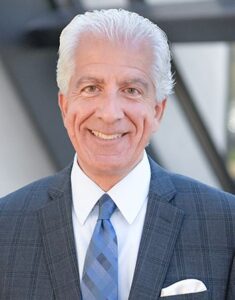
Porzio attorney Vito Gagliardi, Jr., who represents the boroughs of Sea Bright and Highlands, wrote Geoffrey Stark, Mount Laurel attorney representing Shore Regional, that the proposed referendum it seeks is unlawful for several reasons.
Gagliardi called on Stark to confirm the referendum will not go forward and gave him has until noon Thursday, February. 19 to respond.
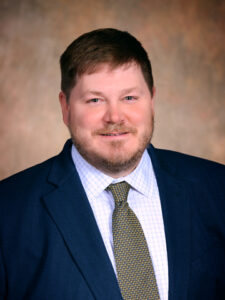
Absent withdrawing the referendum vote, Gagliardi also told Stark that “Sea Bright reserves all right to the extent you fail to do so”
In his letter dated February 14, Gagliardi cited state law that clearly states that once a municipality applies to a county superintendent of schools to look into the advisability of withdrawing from a school district, “the board of education of the regional school district shall not incur any additional indebtedness for capital projects” pending either the rejection of the municipality’s proposal at a special school election or an effective date of withdrawal as determined by the Commissioner of Education.
Gagliardo pointed out that means Shore Regional is prohibited from moving forward on the planned election inasmuch as the County Superintendent has not yet announced a decision on the petition submitted by Sea Bright and Highlands seeking permission for Sea Bright to put the question of leaving Shore Regional to its voters.
Sea Bright had passed a resolution calling for its withdrawal from both Shore Regional and Oceanport districts so it could join the newly former Henry Hudson Regional School District. That resolution was affirmed by the Appellate Division, the matter currently pending on a certification petition to the New Jersey Supreme Court.
Sea Bright and Highlands had also filed an amended petition with the Commissioner regarding Sea Bright’s intention to withdraw from the two school districts, Shore Regional and Oceanport. That petition remains pending and is currently before the County Superintendent.
Gagliardo cited the state laws in his letter to Stark that spell out the process used by the borough are covered under the law that prohibits specific actions, including the recently announced referendum sought by Shore Regional.
Should Shore Regional fail to cancel the referendum and let Gagliardi know by Thursday, Gagliardi put the attorney on notice Sea Bright “reserves all available rights, including the right to seek injunctive relief,” That action that would restrain Shore Regional because of the harm it would cause.
Gagliardi is the managing principal of Porzio, Bromberg & Newman, P.C., and president and CEO of Porzio Compliance Services and Porzio Governmental Affairs. He also co-chairs the firm’s Litigation Practice Group, and its Education and Employment Team.
He is certified as a civil trial attorney by the NJ Supreme Court Board on Trial Certification and a distinguished fellow in the American College of Trial Lawyers.
He has a reputation for success in precedent-setting cases before the Supreme Court, simplifying complex facts and evidence to judges and juries resulting in a track record of successful dispute resolutions through trial or negotiation.
Gagliardi’s experience with boards of education, colleges, universities, APSSDs, charter schools, and businesses including Fortune 100 companies is well known and he is perceived as an attorney with strategic counsel in state and federal courts.
With relation to regionalization issues specifically, Gagliardo has been the lead counsel on several precedent-setting matters of regionalization and redistricting, including the creation and dissolution of regional school districts and the creation and termination of sending-receiving relationships.
He was counsel for the only three regional school district dissolutions in New Jersey history, Union County Regional, Lower Camden County Regional, and South Hunterdon Regional, resolving hundreds of issues and defeating all litigation challenging any aspect of the dissolution.
Stark, who is with the Capehart and Scatchard firm in Mount Laurel, concentrates his practice representing boards of education and charter schools in all areas of school law including labor and employment, special education, student discipline, Anti-Bullying student residency, civil rights, tenure, OPRA, OPMA, and staff tenure matters.
Prior to joining the firm, Stark served as a Deputy Attorney General in the Education and Higher Education Section of the state Attorney General’s office and earlier had been a Judicial Law Clerk to Joseph F. Lisa, P.J.A.D.
He graduated from Rutgers Law School in Camden Magna Cum Laude with a Juris Doctorate degree, and where he had been both staff and managing editor for the Rutgers Law Journal. He also holds an undergraduate degree from Radford University in Virginia and a Master of Arts from Ohio State University.
